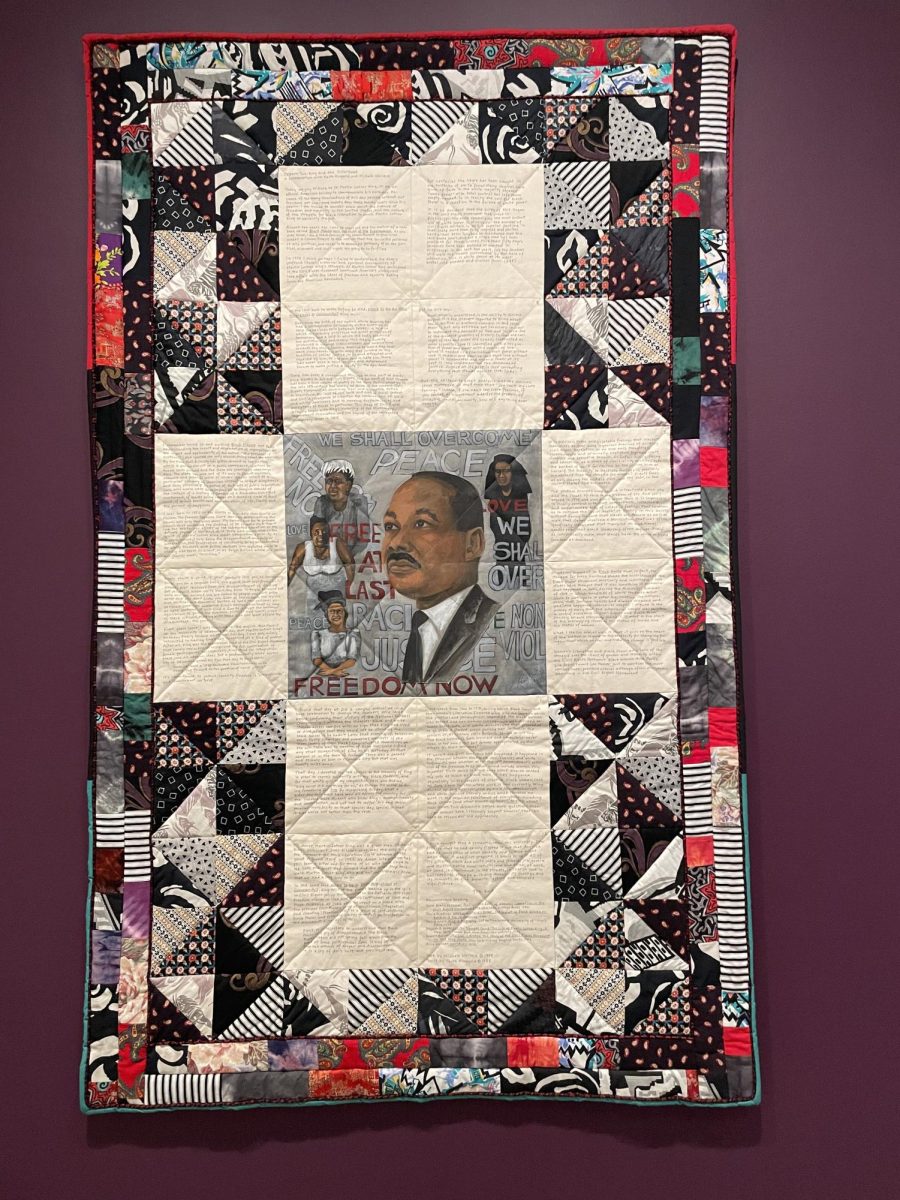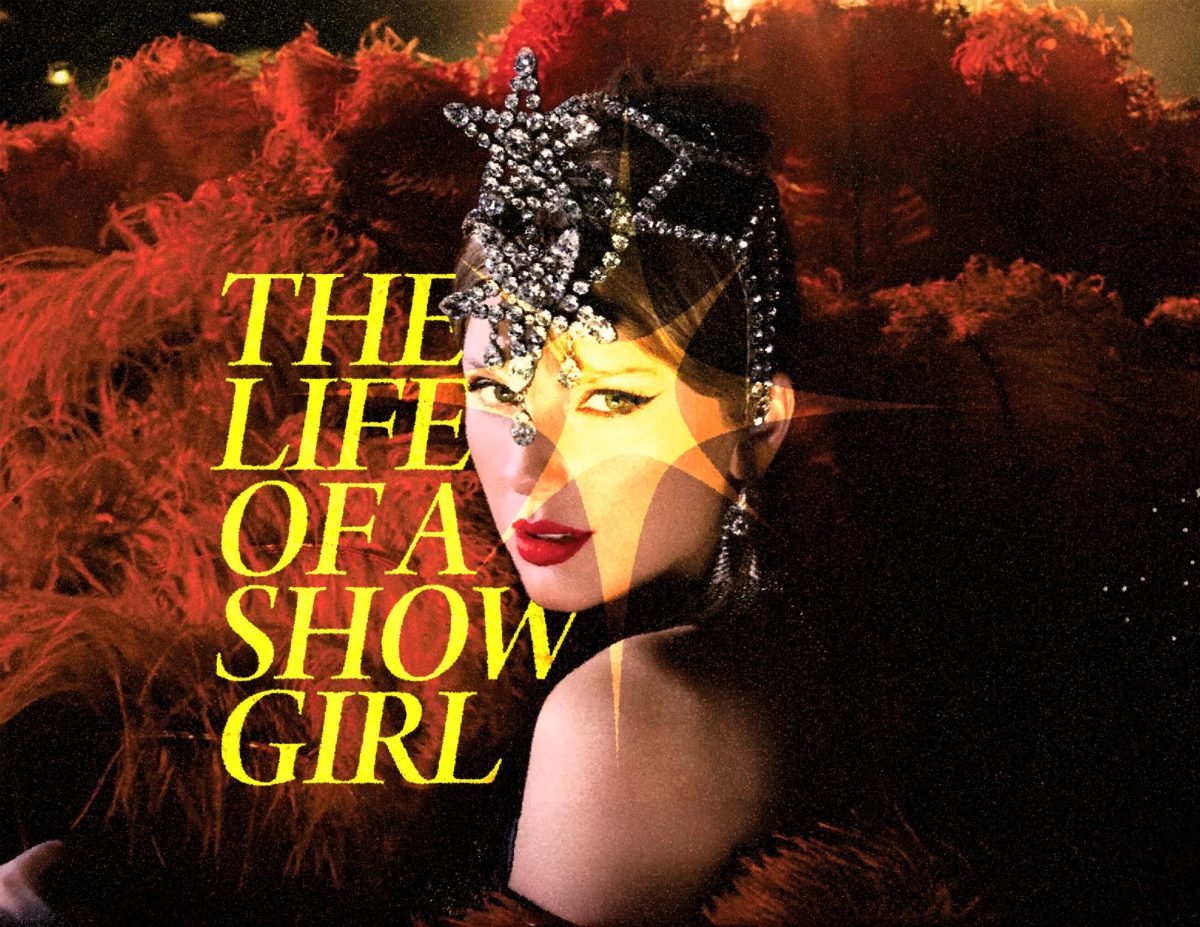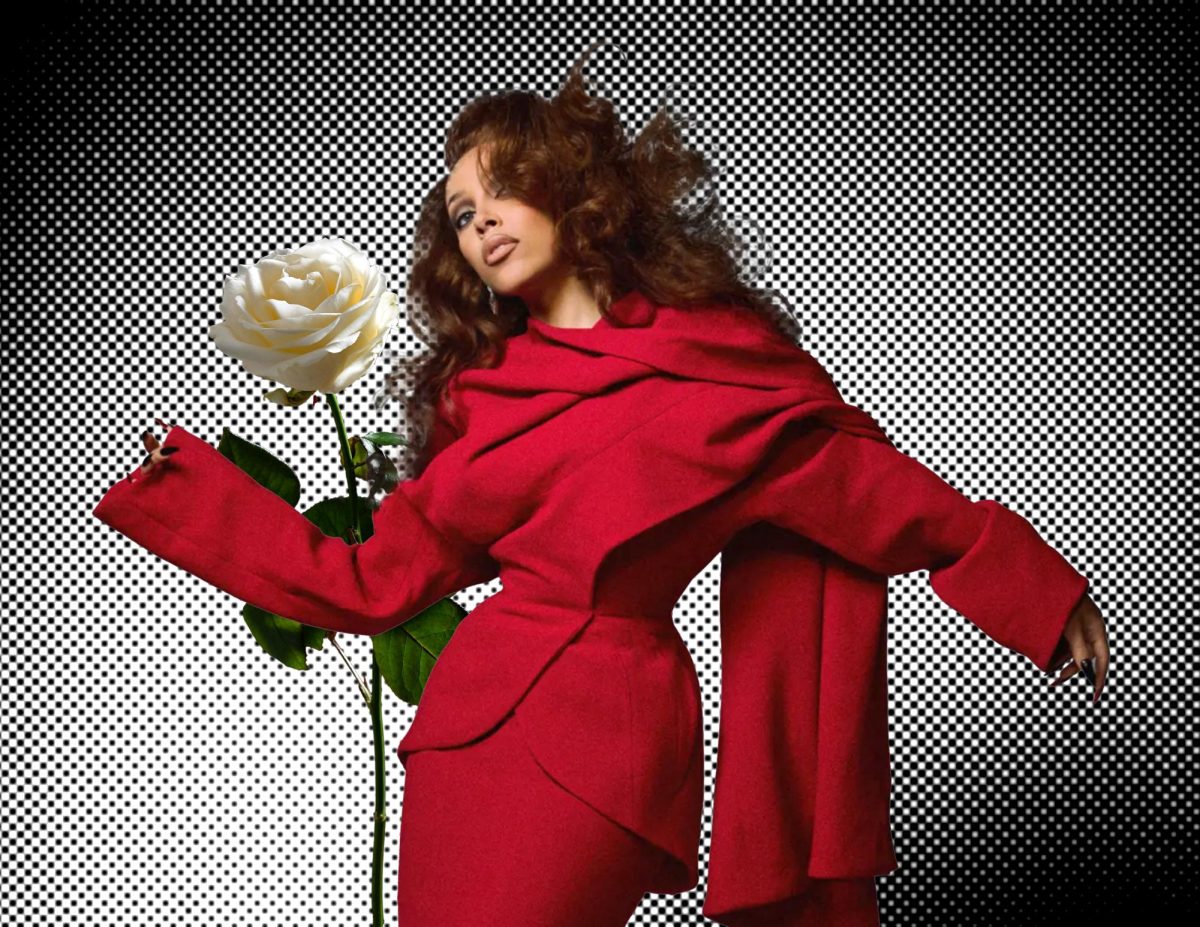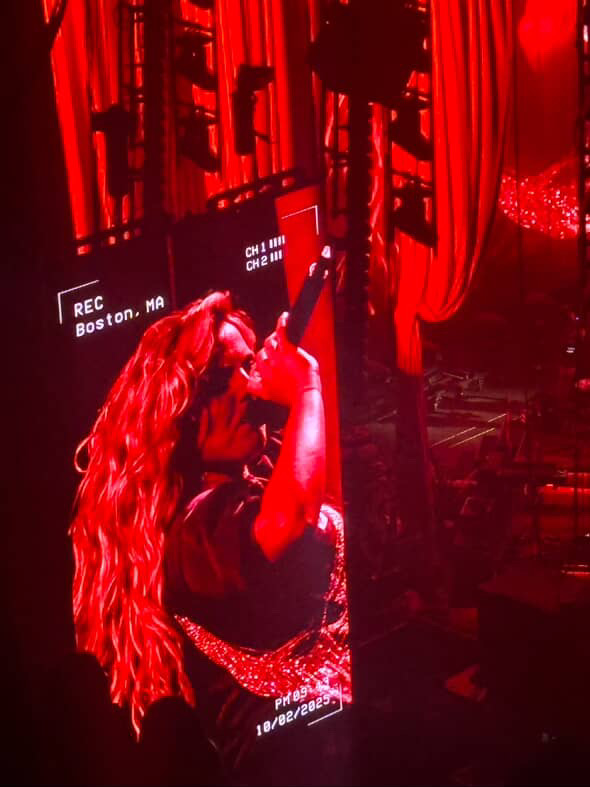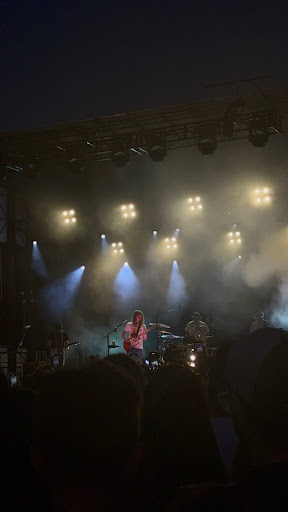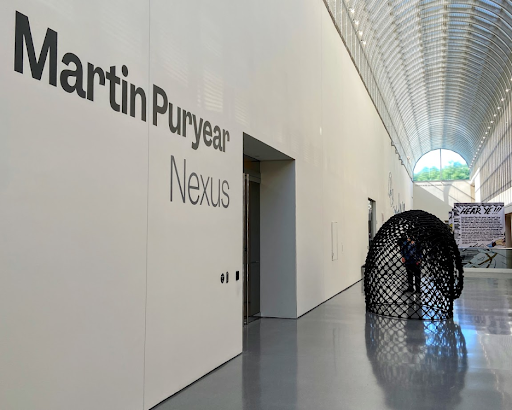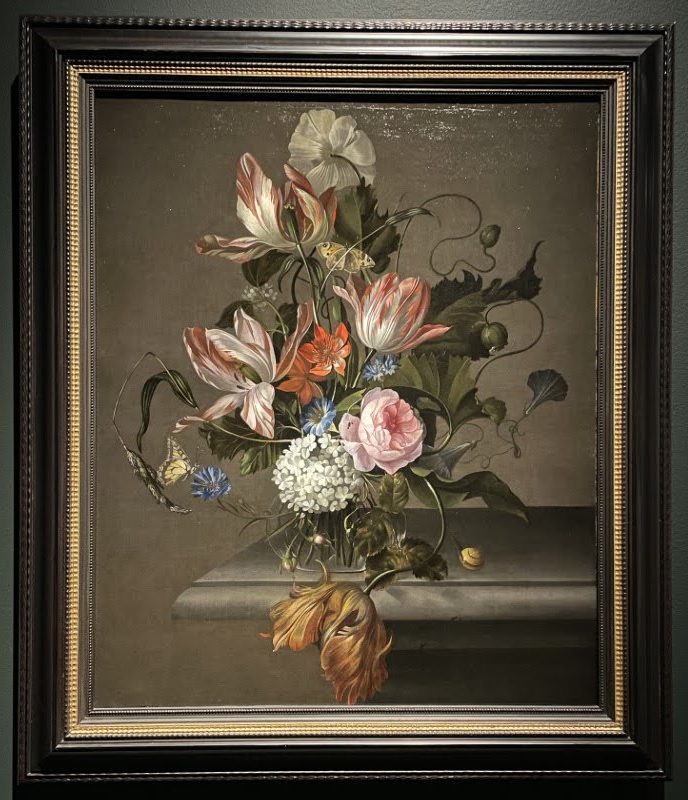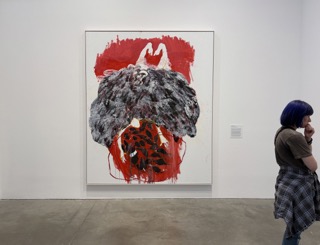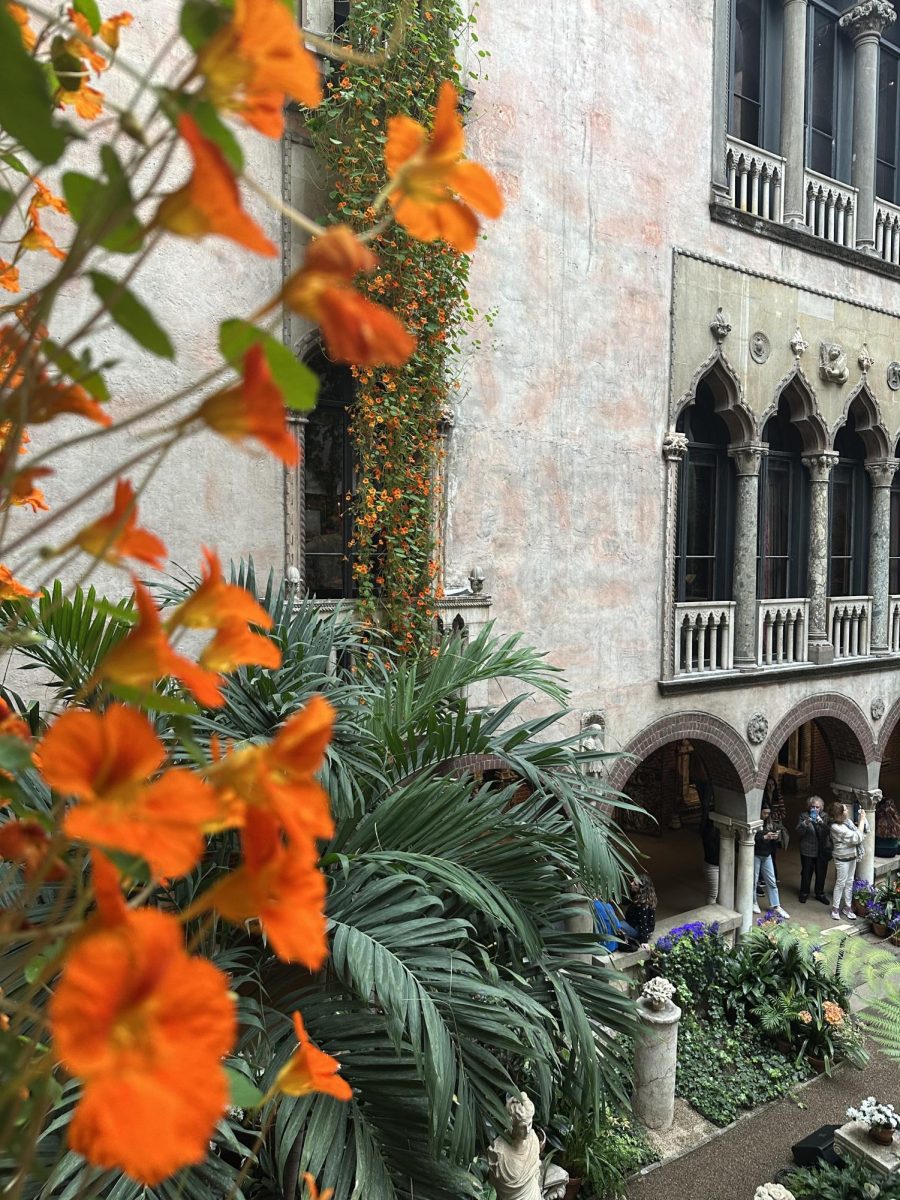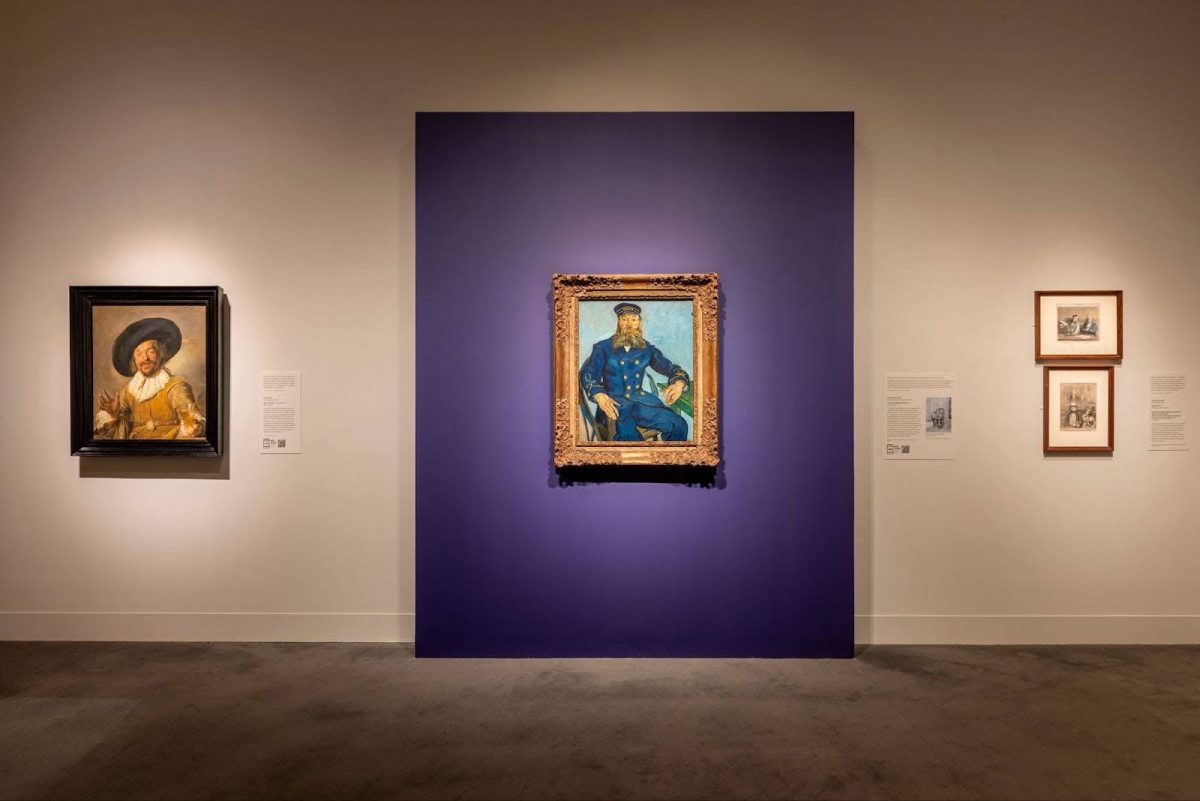“Power of the People: Art and Democracy” opened at the Museum of Fine Arts in Boston Oct. 26, just in time for this year’s election to remind museum goers of the history of democracy as shown through art.
The exhibit features a large range of art in different mediums like posters, woodcuts, paintings, photographs and more, as well as an impressive date range for the works, some dating as far back as the first century CE and some as current as 2022.
Three galleries in the MFA are occupied by this exhibit and each one has its own title and theme attached to it that is an aspect of democracy.
The first gallery is titled “The Preservation.” It is the largest exhibit and has the most works.
This section highlights an important part of democracy – the right to free speech. Democracy could not exist without free speech, and art is a huge way that people have chosen to display their opinions throughout time.
One of the most used mechanisms in art for free speech is posters. Many of the walls of the gallery are lined from top to bottom in posters protesting various causes throughout history such as burning books and the Vietnam War, as well as posters in support of causes like the civil rights movement.
There are a few sets of related work taken from larger portfolios. Made by various arts and in different mediums, they are artistic ways of showing support for certain issues and also problems within the country.
Six prints of 31 from a portfolio titled “The Dream Deferred” after the Langston Hughes poem are displayed and bring the viewers attention to racial injustice and inequality through the eyes of different artists from across the U.S.
The second gallery is titled “The Practice” and has art that shows the government’s participation in democracy and interaction with its citizens.
This room includes World War I posters, paintings, a quilt and “Decree not to appoint tax collectors” carved into marble from the first/second century in Greece.
Some works in the room highlight public service by judges and juries, the importance of voting and the inequality some still face when it comes to participation in democracy.
One piece featured in this portion of the exhibit is a “Vote!” Barack Obama campaign poster from 2008. Instead of endorsing one candidate over another, it just encourages people to vote.
Another piece is a “story quilt” titled “Dream 2: King & The Sisterhood,” which combines the art of quilting with the civil rights movement, but makes a point to highlight the women leaders of the movement.
Both artworks tie into political participation and the practice of democracy, either in the practice of voting and advocating for it or including everyone in the ability to practice democracy.
The final gallery of the exhibit is titled “The Promise” and discusses the promise of democracy, where we were in the past and where we are now.
This room showcases different paintings and other Greek artifacts as well as Norman Rockwell’s four freedoms posters: “Freedom from Want,” “Freedom of Speech,” “Freedom from Fear” and “Freedom of Worship.”
One of the most fitting works of art in this room is titled “Capitol Offense 1814/2021,” a woodcut done by William Evertson in 2021.
The black and white work shows the U.S. Capitol building in the background and the events of Jan. 6, 2021 combined with events from 1814 in the foreground. 1814 is the only other time in U.S. history that the Capitol building was attacked.
The piece speaks to the similarities between then and now, and how democracy has in no way been perfected yet.
This exhibit is absolutely worth a visit. There are so many impactful pieces and the exhibit overall gives a great understanding of how democracy is portrayed through art and the power it holds.
The exhibit will remain at the MFA until Feb. 16, 2025.


